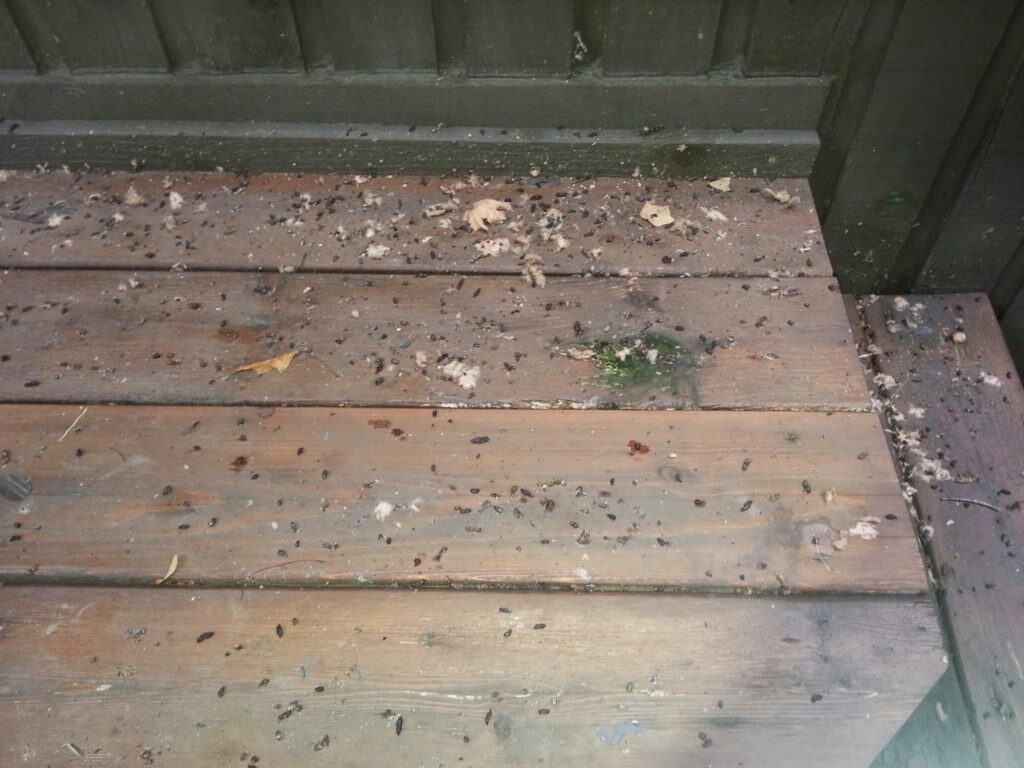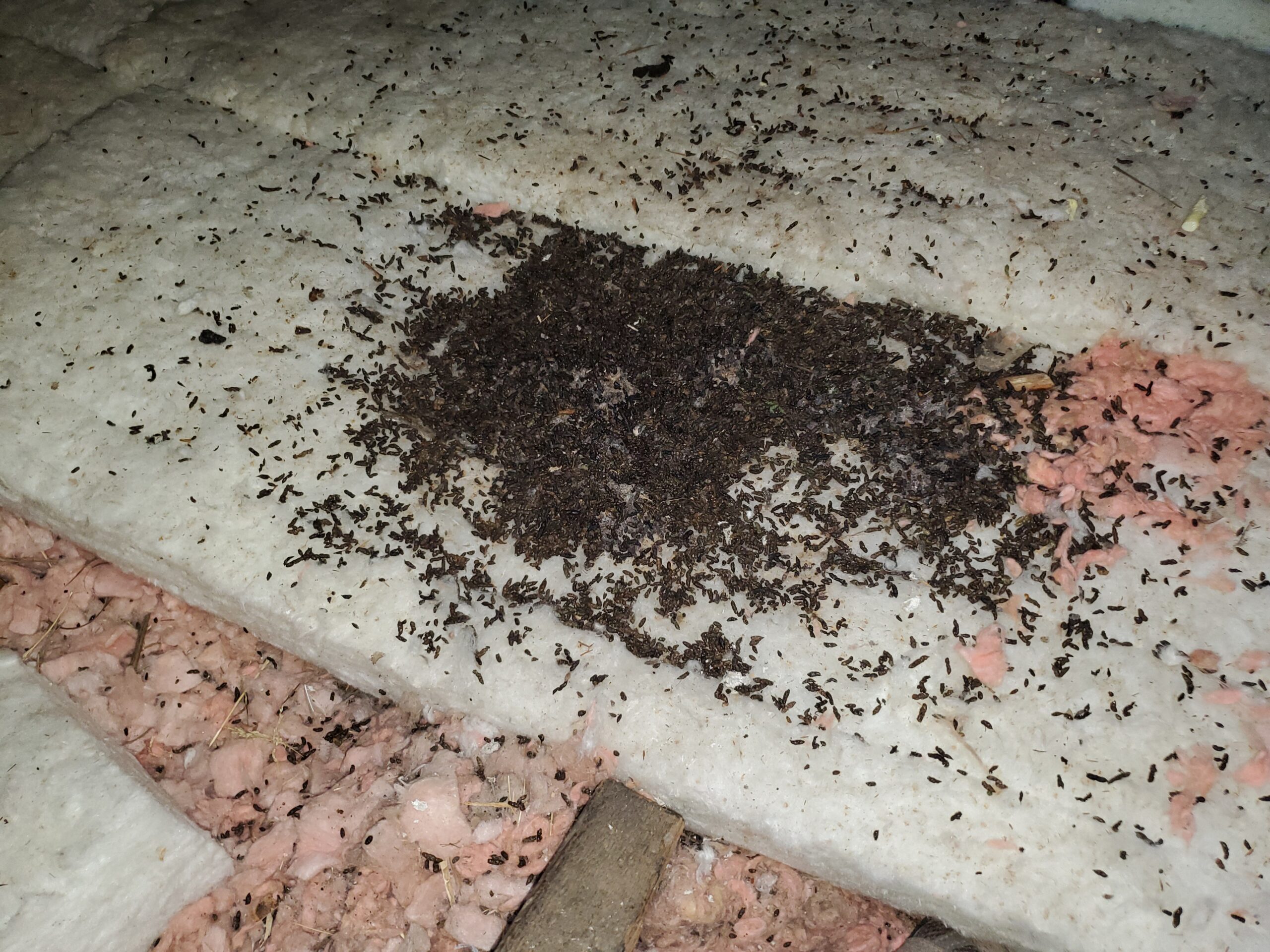What’s All the Hype About Guano?
People swear by the nutritive and beneficial qualities of bat guano. But if it is potentially dangerous, what could be in it that people would benefit from spreading on their gardens? Depending on the diet of the bat, the composition of the guano could vary widely. Guano is primarily made up of high levels of three growth-promoting ingredients that are found in many commercially constructed fertilizers. Phosphorus, potassium, and nitrogen promote quick and hardy growth for plants. Unlike chemical fertilizers, gardeners say that guano is a natural alternative to store-bought fertilizer. The hype behind guano is that it helps produce bigger, better, and greener growth in less time and without storebought chemicals.Where Do You Find Guano?
If guano fertilizer doesn’t always come from a store, where can you find it? Where and how you find guano can make the difference between whether or not guano is safe to use or if it will be hazardous to your health. Many animal control and healthcare specialists recommend never harvesting guano on your own or under any circumstances. Bats usually nest in high, dark, and hard-to-disturb places in homes or surrounding structures. You may even find a bat or two nesting in the eaves on the outside of your home. Some report they have even seen a bat in the corner of a vaulted ceiling or behind a large dish cabinet inside. Wherever you find bats, you will also discover guano.
Why Is Guano So Dangerous?
Bat guano is dangerous because you can contract the dangerous disease histoplasmosis from exposure to bat droppings. Histoplasmosis is an infectious disease that comes from inhaling the histoplasma capsulatum fungus from bat guano. Bats can be infected with histoplasmosis and pass the disease through their feces. Once the feces land, the fungus grows, and spores develop. If you attempt to harvest guano for your garden fertilizer, you will disturb the spores and become ill with histoplasmosis. If you wear a mask, you will still become sick because the spores remain airborne for some time after being disturbed. If you sweep or clean an attic or a barn to remove guano in an attempt to remove the risk of being infected by histoplasmosis, you are at an even greater risk of contracting the disease. Any movement or disturbance of the droppings can unsettle spores and cause them to disperse, leading to the contraction of histoplasmosis. Histoplasmosis is difficult to detect and can also later reappear. The disease shares similar symptoms with the flu but can be more severe for people with compromised immune systems or long-term smokers. Some of the expected effects of histoplasmosis are:- Shortness of breath
- Fever
- Headache
- Chest pain
- Impaired vision
- Body aches
- Fatigue
- Congestion



